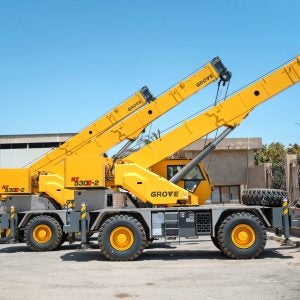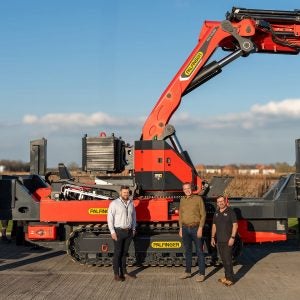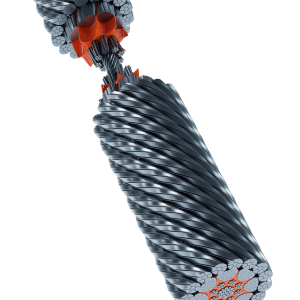The public comment period has not yet begun, and will not start until the document is published in the US law publication the Federal Register, expected on October 3.
OSHA said that it has published the document to give members of the cranes and derricks negotiated rulemaking committee (C-DAC) an opportunity to advise OSHA of any part of the document that they think is inconsistent with the intent of the group.
However, keen readers can download a copy from us now by clicking on the link on the right-hand side. The document includes almost 1,000 pages of preamble discussion and request for public comment.
“The cranes and derricks proposed rule comprehensively addresses the hazards associated with the use of cranes and derricks in construction, including tower cranes,” said Edwin G. Foulke Jr., assistant secretary of labor for OSHA. “This draft rule will both protect construction employees and help prevent crane accidents by updating existing protections and requiring crane operators to be trained in the use of construction cranes.”
The proposed standard would establish four options for the qualification or certification of crane operators: (1) certification through an accredited third-party testing organization, (2) qualification through an audited employer testing program, (3) qualification issued by the U.S. military and (4) qualification by a state or local licensing authority. There would be a four-year phase-in before the standards came into force.
The cranes and derricks proposed rule would apply to the estimated 96,000 construction cranes in the U.S., including 2,000 tower cranes. The proposed standard addresses key safety issues associated with cranes, including ground conditions, the assembly and disassembly of cranes, the operation of cranes near power lines, the certification and training of crane operators, the use of safety devices and signals, and inspections of cranes. It significantly updates existing tower crane requirements and more comprehensively addresses tower crane safety, with respect both to erecting and dismantling, and to crane operations.
This proposed rule was developed through negotiated rulemaking by the Cranes and Derricks Advisory Committee (C-DAC). The federal Advisory Committee on Construction Safety and Health subsequently recommended that OSHA use that document for developing its proposed rule. Since then and as required by law, OSHA has conducted a regulatory flexibility analysis, small business review and paperwork burden analysis of the proposed rule. In addition, OSHA was required to write a preamble to the regulatory proposal that explains in detail the purpose and application of the proposed standard. That preamble is almost 1,000 pages. The members of C-DAC were sent an advance copy for review as part of their role in the negotiated rulemaking.
Under the Occupational Safety and Health Act of 1970, employers are responsible for providing a safe and healthy workplace for their employees. OSHA’s role is to promote the safety and health of America’s working men and women by setting and enforcing standards; providing training, outreach and education; establishing partnerships; and encouraging continual process improvement in workplace safety and health.
Related Files
Cranes and derricks proposed rule, with preamble






